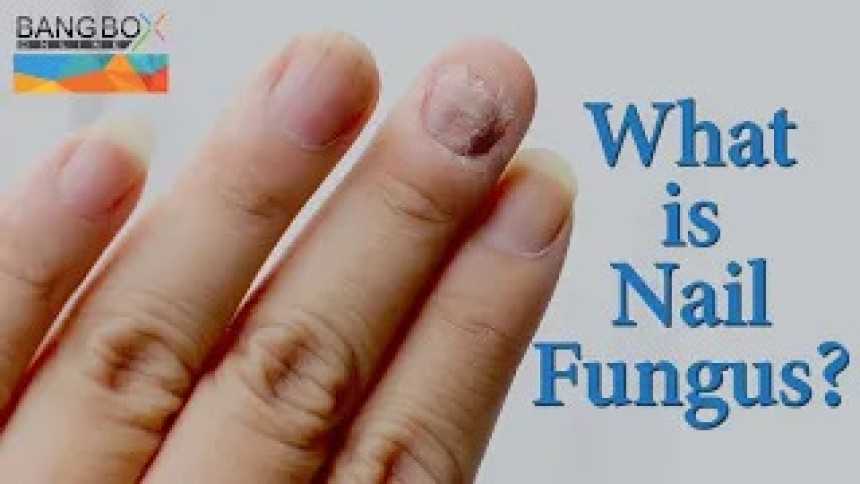
Nail Fungus it's Symptoms, Causes, and treatment II Bang Box Online Official
2023-07-06 15:28:40 - Bang Box Online
Nail fungus, medically known as onychomycosis, is a common condition that affects millions of people worldwide. It occurs when fungi, such as dermatophytes, invade the nails and cause an infection. Nail fungus can be unsightly and, if left untreated, may lead to discomfort and potential complications. In this blog, we will explore the symptoms, causes, and treatment options for nail fungus.
Symptoms:
The symptoms of nail fungus can vary from person to person, but the following signs are commonly observed:
- Discoloration: Infected nails often develop a yellow, brown, or white discoloration. In some cases, the nail may become thickened or crumbly.
- Thickening: The affected nail may thicken and lose its natural shape. This can make it difficult to trim or maintain proper nail hygiene.
- Brittle or Crumbly Texture: Infected nails may become brittle, easily breaking or crumbling, which can cause discomfort or pain.
- Distorted Nail Shape: As the infection progresses, the nail may become distorted, with irregular growth patterns or separation from the nail bed.
- Foul Odor: In some instances, a foul odor may be present due to the fungal infection.
Causes:
Nail fungus is typically caused by the overgrowth of fungi in warm and moist environments. The following factors can increase the risk of developing a nail fungus infection:
- Poor Nail Hygiene: Not keeping nails clean, trimmed, and properly maintained can create an environment for fungal growth.
- Public Areas: Walking barefoot in public areas such as swimming pools, locker rooms, and communal showers increases the risk of exposure to fungi.
- Damaged Nails: Nails that are damaged or injured are more susceptible to fungal infections.
- Sweaty Feet: Excessive sweating, particularly in closed-toe shoes, can create a damp environment that promotes fungal growth.
- Weakened Immune System: Certain medical conditions and medications that weaken the immune system can make individuals more susceptible to fungal infections.
Treatment:
Nail fungus can be challenging to treat, but several options are available:
- Antifungal Medications: Oral antifungal medications prescribed by a healthcare professional are often effective in treating nail fungus. They work from within to target the infection, but treatment may take several months.
- Topical Antifungal Treatments: Over-the-counter antifungal creams, ointments, and nail lacquers can be applied directly to the affected nail. However, they may not be as effective as oral medications, especially for severe infections.
- Nail Debridement: Trimming, filing, or removing the infected nail material can help reduce the fungal load and improve the effectiveness of topical treatments.
- Laser Treatment: Laser therapy is a newer option that uses laser light to target and destroy fungi. It is non-invasive and generally requires multiple sessions for optimal results.
- Preventive Measures: To prevent nail fungus or its recurrence, maintain proper nail hygiene, keep feet dry, wear breathable footwear, and avoid walking barefoot in public areas.
Conclusion:
Nail fungus can be a persistent and bothersome condition, affecting the appearance and health of the nails. Recognizing the symptoms and understanding the causes are crucial for early detection and prompt treatment. If you suspect a nail fungus infection, consult a healthcare professional who can provide an accurate diagnosis and recommend appropriate treatment options. By taking proactive measures and seeking timely treatment, you can effectively manage nail fungus and restore the health and beauty of your nails.

